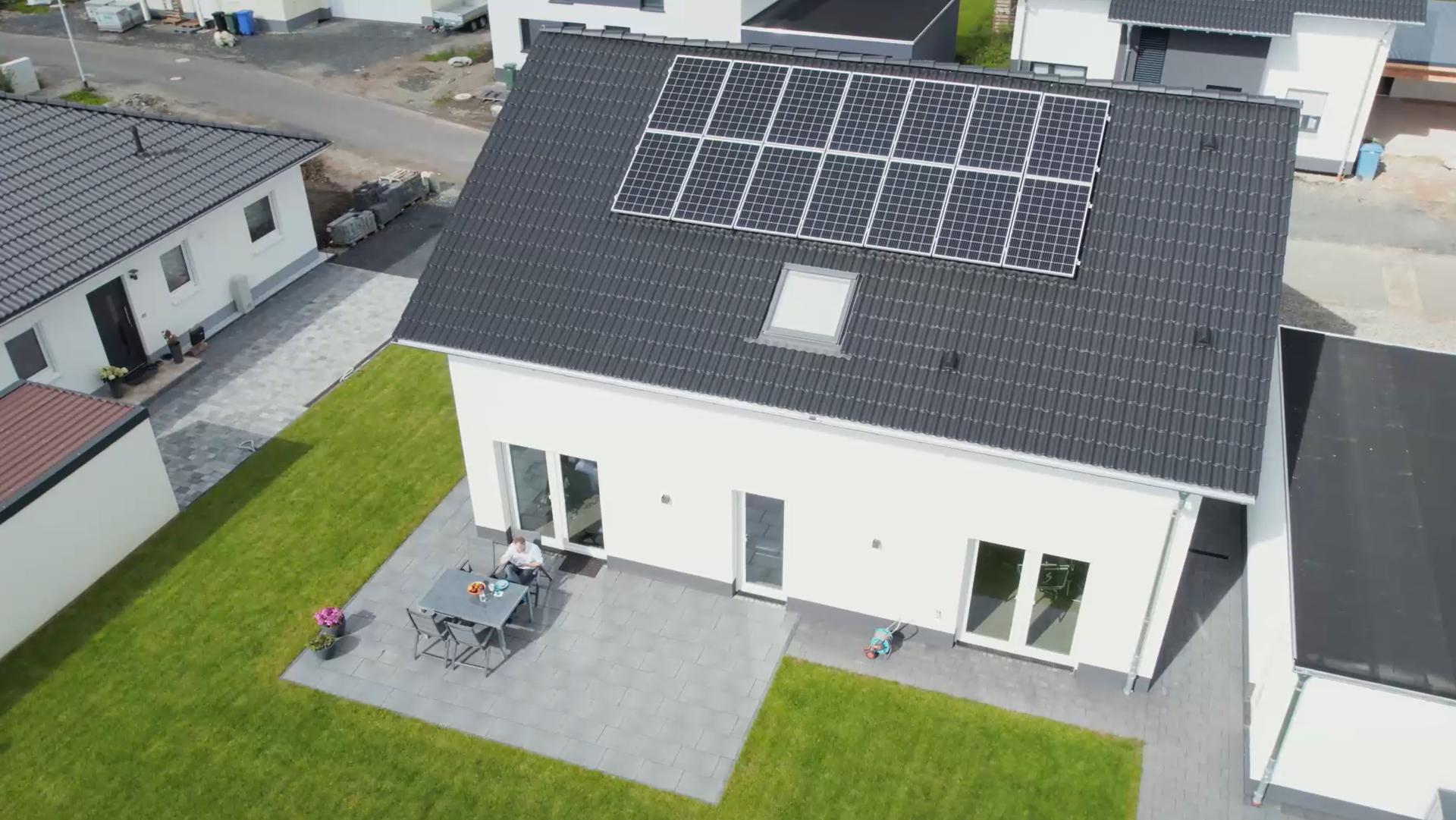Language
Currency


In AC (alternating current) electrical systems, three key types of power are involved:
Apparent Power (S) is the product of voltage (U) and current (I), measured in volt-amperes (VA). It represents the total capacity of electrical equipment but doesn't reflect how efficiently the power is used.
Active Power (P) is the actual power consumed by electrical devices to perform useful work, measured in watts (W). This is the power that turns electricity into mechanical energy (motors), light (lamps), or heat (heaters).
Reactive Power (Q) is a bit more abstract. It supports the creation of magnetic and electric fields inside inductive equipment such as transformers and motors. Although it doesn’t perform any direct work, it is essential for maintaining electromagnetic fields. Measured in VAR (volt-ampere reactive), it’s why this type of power is called “reactive.”
Power Equations:
Apparent Power: S = UI (Unit: VA)
Active Power: P = UI × cosφ (Unit: W)
Reactive Power: Q = UI × sinφ (Unit: VAR)
Reactive power compensation is a technique used in power systems to improve power factor, reduce energy losses in transformers and cables, and enhance overall power quality. The core idea is to add devices like capacitors that supply the necessary reactive power locally, so the grid doesn’t need to deliver it over long distances.
To better understand this, imagine a glass of beer. The total content (beer + foam) represents apparent power, the actual beer is the active power, and the foam is the reactive power. The more foam, the less beer you get to drink. Similarly, in a power system, reducing reactive power (foam) allows more useful power (beer) to be delivered — this is what reactive power compensation achieves.
To Improve Power Factor
Inductive loads such as motors and transformers cause current to lag behind voltage, lowering the power factor. A low power factor can trigger penalties from utility companies. By compensating for reactive power, more of the apparent power can be converted into active power, improving efficiency and reducing equipment costs.
For example, if you have a 100kVA transformer, whether you can draw 100kW of active power depends on the power factor. With proper compensation, you can get closer to full utilization of that transformer’s capacity.
To Stabilize the Power Grid
A lack of reactive power can cause voltage drops and reduce energy quality. Reactive power compensation helps maintain voltage levels and ensures the smooth operation of sensitive devices.
Insufficient Reactive Power Compensation
Most PV systems primarily generate active power, but reactive power is still needed by the load. If existing compensators can’t meet the demand, the grid must step in, reducing the system’s overall power factor.
Incorrect PV Connection Point
If the PV system is connected after the capacitor compensation cabinet, the reactive power demand is not detected and compensated properly. It's best to connect the PV system before the compensation cabinet, so both PV and the grid share the reactive load.
Yes — Yohoo Elec’s smart solar inverters are designed with built-in power factor adjustment features. For small-to-medium PV installations with relatively light inductive loads, no extra compensation equipment is needed. Yohoo Elec inverters can be configured to supply reactive power directly by adjusting their power factor, reducing both the active and reactive load on the grid.
This means the inverter helps maintain or even improve the overall power factor, especially during daytime when solar generation is high.
However, it’s important to note:
Inverters have a limited reactive power range (typically 0.8 leading to 0.8 lagging).
Excessive reactive demand beyond this range still requires external compensation devices to prevent impacting active power output and overall system efficiency.
With Yohoo Elec's advanced inverter technology, users can rely on intelligent control systems to dynamically manage reactive power, minimize energy loss, and optimize system performance — all while meeting modern grid requirements.
Lỗi định dạng email
emailCannotEmpty
emailDoesExist
pwdLetterLimtTip
inconsistentPwd
pwdLetterLimtTip
inconsistentPwd